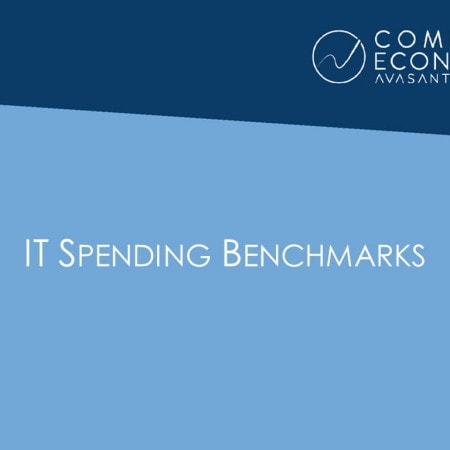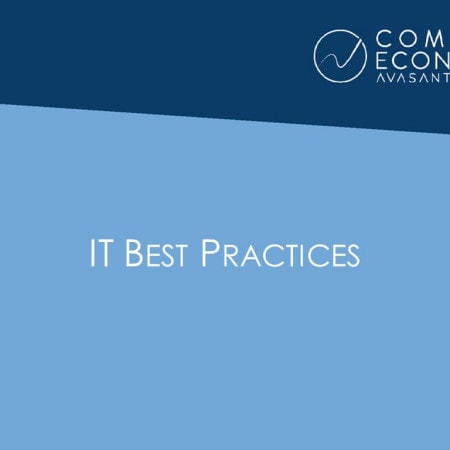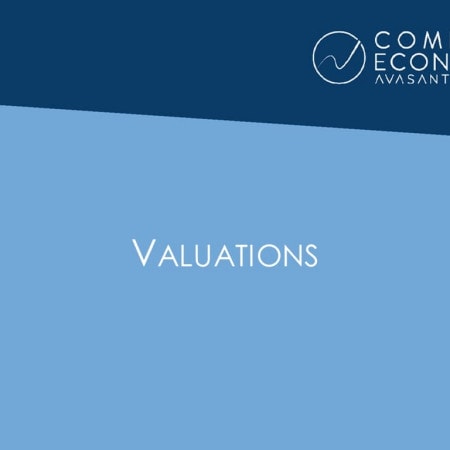-

2000-2001 Industry Rankings by Revenue Volume (Oct 2000)
One way to identify industries within the U.S. that may by likely to participate in supply chains in 2000 and 2001 is to determine which industries have the largest amounts of revenue. However, before recruiting all of the top revenue industries into supply chains it is important for supply chain promoters to examine the portion of revenue that is likely to flow through supply chains in a given industry. Large volume in revenue is typically the first clue that the industry will participate in supply chains at a high rate during 2000 and 2001, but supply chain promoters should not stop there.
March, 2002
-

2000-2001 Potential of U.S. States to Participate in Supply Chain Systems (Oct 2000)
To help organizations identify areas within the U.S. that have high potential for participating in supply chains in 2000 and 2001, Computer Economics ranked each of the states relative to each other in terms of their potential supply chain volume. We concluded that California has the largest potential dollar amount flowing through supply chain systems. The state. s relative rank of 100.0 should indicate to supply chain operators looking to promote their systems that California has a high supply chain density and has many organizations to participate in new supply chains.
March, 2002
-

Identifying Locations and Industries With High Potential for Supply Chain Participation
When supply chain promoters must identify the best potential participants for their systems, several approaches can be used. The most effective technique is to determine which industries are likely to have the highest amount of money flowing through supply chains in the coming years. Looking at potential dollar volume in supply chains by state is another profitable way to find future supply chain participants. In addition, supply chain promoters may also look at the amount of total revenue in an industry as well as the total number of companies in the sector, but these are not as accurate measures.
March, 2002
-

Western Union Steps Up to the Web
Western Union Financial Services Inc., a subsidiary of First Data Corporation, announced in August 2000 its Western Union PayCash service, which allows consumers to pay for Internet purchases with cash at participating Western Union agent locations. The Western Union PayCash service is a unique payment option for Internet purchases because it requires no credit card, bankcard, or bank account. Consumers make their product selections online and bring their cash to a Western Union agent location, which in many cases is a nearby grocery store.
March, 2002
-

WAP Technology: Nokia Grows Beyond Being a Technology Company
Nokia continues to strengthen its end-to-end WAP solution by offering a full range of WAP-compliant products including gateways, portals, mobile terminals, and browsers as well as a full range of tools for WAP-based content creation and delivery, end-user application platforms, and systems integration services. Nokia Professional Services is aggressively entering the service solutions market for planning, deploying, managing, and enhancing WAP products. Additionally, Nokia's alliances with many of the world's largest networking and application companies are driving the progress that will make mobile Internet a viable marketplace.
March, 2002
-

MORE E-Sales Intelligence Reports for 2Q01: Retail and Wholesale Industries (May 2001)
Including data on Amazon.com, Sharper Image, J. Crew, Fingerhut, and Barnes & Noble.com.
March, 2002
-

FTC Cupcake Party Nabs Mousetrapping Scammer
A cyberscammer who used more than 5,500 copycat Web addresses to divert surfers from their intended Internet destinations to one of his sites and hold them captive while he pelted their screens with a barrage of ads was charged by the Federal Trade Commission with violating federal laws. At the request of the FTC, a U.S. District Court enjoined his activities pending further order of the court. The FTC is going to court to force the defendant to give up his ill-gotten gains.
March, 2002
-

Biometric Technologies for Computer Security
Biometric technology has been applied to IT security for several years, adoption has been slow, and some applications are starting to become a reality, including fingerprint scanning, facial recognition, and voice verification. Nevertheless, the jury is still out as to how viable these technologies will be for widespread use in corporate IT environments.
February, 2002
-

Computer Losses in 1998 and 1999
This article provides data concerning desktop and notebook (laptop) losses during 1998 and 1999, based on information provided by Safeware Insurance. Data provided includes number of incidents and value of loss, by cause. Causes include accidents, theft, power surge, lightning, transit, water/flood, and other.
February, 2002
-

Guarding the Gate Is Essential for E-Commerce: The Case for Firewalls (Aug 2000)
The ever-expanding Internet creates new opportunities for hackers to disrupt e-commerce daily. Network firewalls can do much to make your e-commerce site less attractive to hackers, though even the best guard dog cannot entirely overwhelm attempts to penetrate your security. This article provides recommendations for evaluating various approaches to firewall technology.
February, 2002
-

Top Ten Steps for Disposing of Obsolete Computer Equipment
As the glut of high-tech junk accumulates, businesses are facing increasing pressure to properly dispose of obsolete computer hardware. In addition to compromising the environment, improper disposal of obsolete computer hardware can result in leakage of proprietary company information and violation of new federal privacy laws that ban the disclosure of non-public financial and medical information about employees and customers. This article provides a checklist of questions to simplify the process of electronics disposal and comply with new federal privacy regulations. (3 pp.)
February, 2002
-

What Lies in the Future for the Mainframe Market?
Mainframes are widely used to satisfy e-commerce, customer relationship management, ERP, and server consolidation requirements, but recent events presage major changes in past big iron trends. This report outlines the decline in mainframe installations and cost-per-MIPS for the period 1998-2003.
February, 2002
-

Build a Security Conscious Organization
Based on Computer Economics projections, computer crime will grow by an estimated 230 percent during 2001. Similar trends are expected with Internet fraud. All IT managers would agree that securing their IT resources is a necessity, but many are not willing to commit to the continual effort required.
February, 2002
-

eXtreme Programming Opens New Possibilities (Feb 2002)
The only certainties in software development are that the application will arrive late, cost more than expected, and fail to meet all of its functional requirements. Based on numerous evaluations conducted by Computer Economics, more than 90 percent of large-scale software applications fail to meet at least one of these goals, and about half of all developmental efforts are abandoned without delivering any useful product. The ever-growing demand for new software, along with increasing complexity of the applications, will only exacerbate the situation.
February, 2002
-

Peer-to-Peer Continues to Build Enterprise Capabilities (Feb 2002)
Peer-to-peer (P2P) computing, which has received most of its media attention from noncommercial Internet applications, is appearing in viable enterprise applications and gaining maturity through widely supported industry working groups. P2P, in its most basic form, is a decentralized computer network that communicates without the need for a dedicated server.
February, 2002

 Grid View
Grid View List View
List View